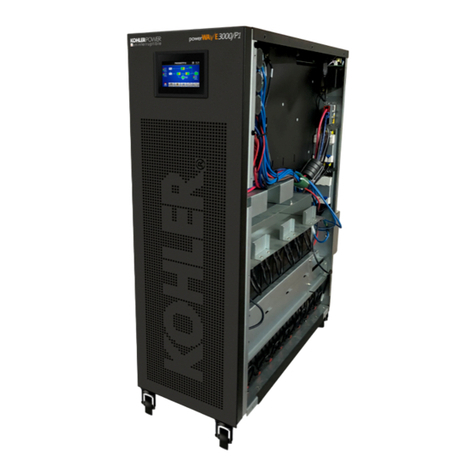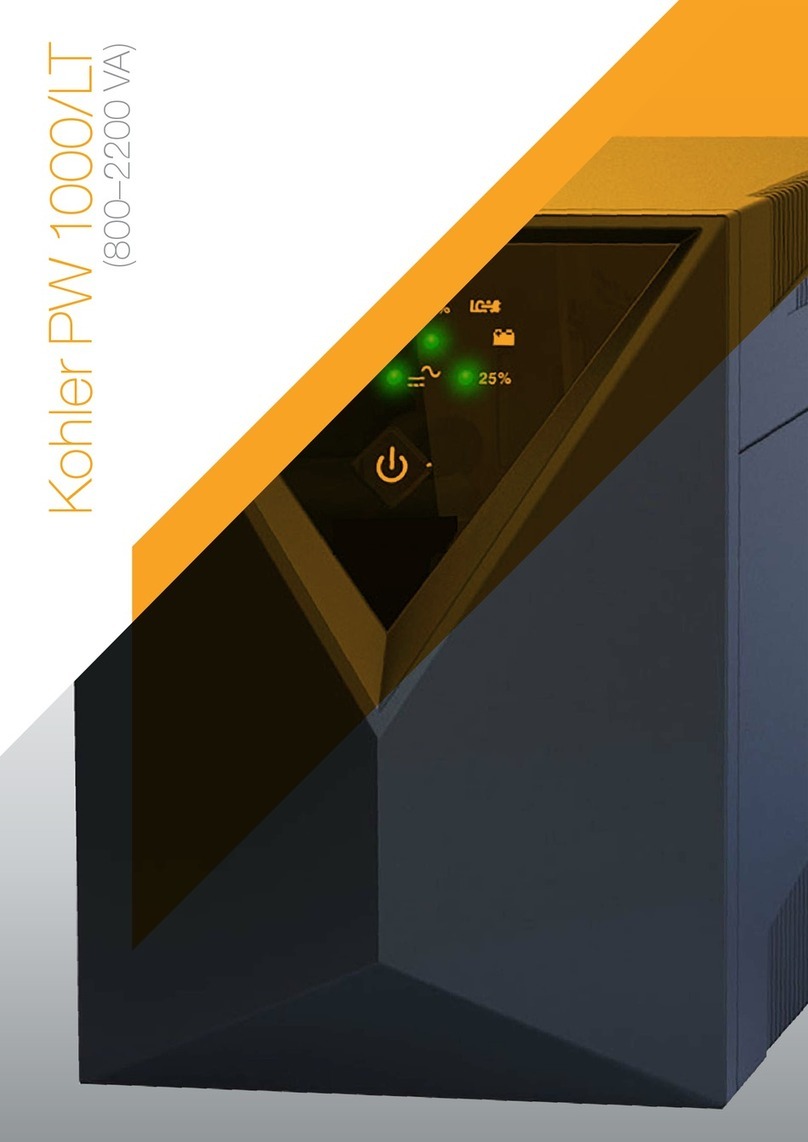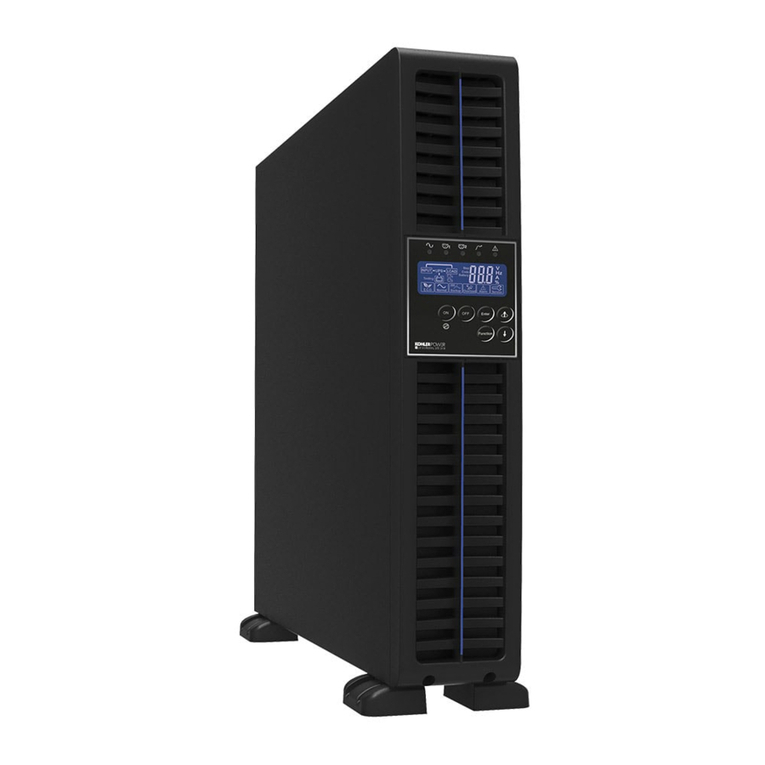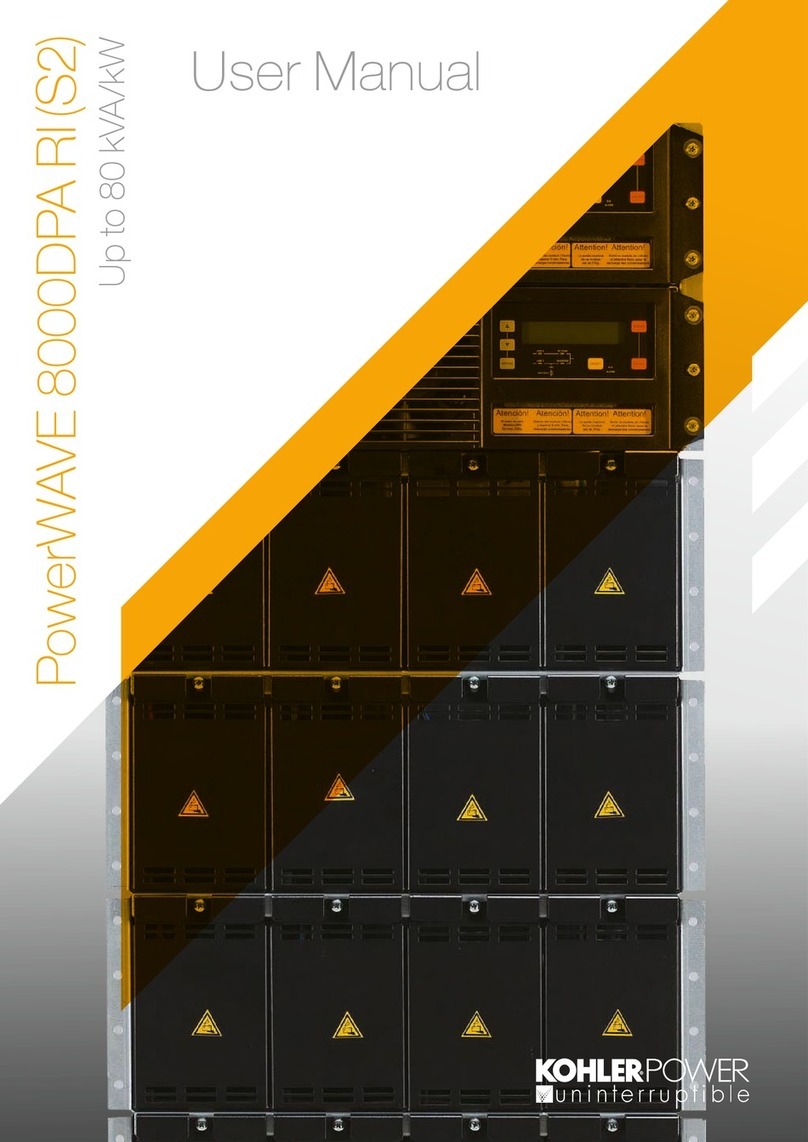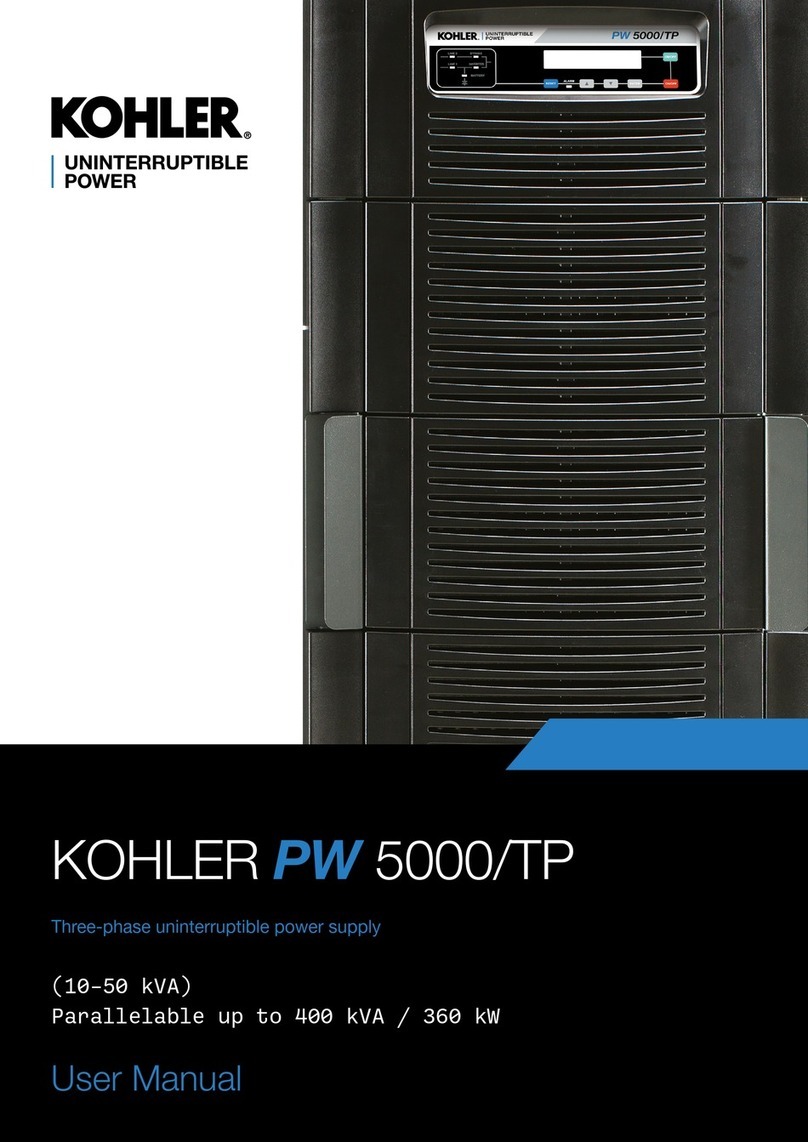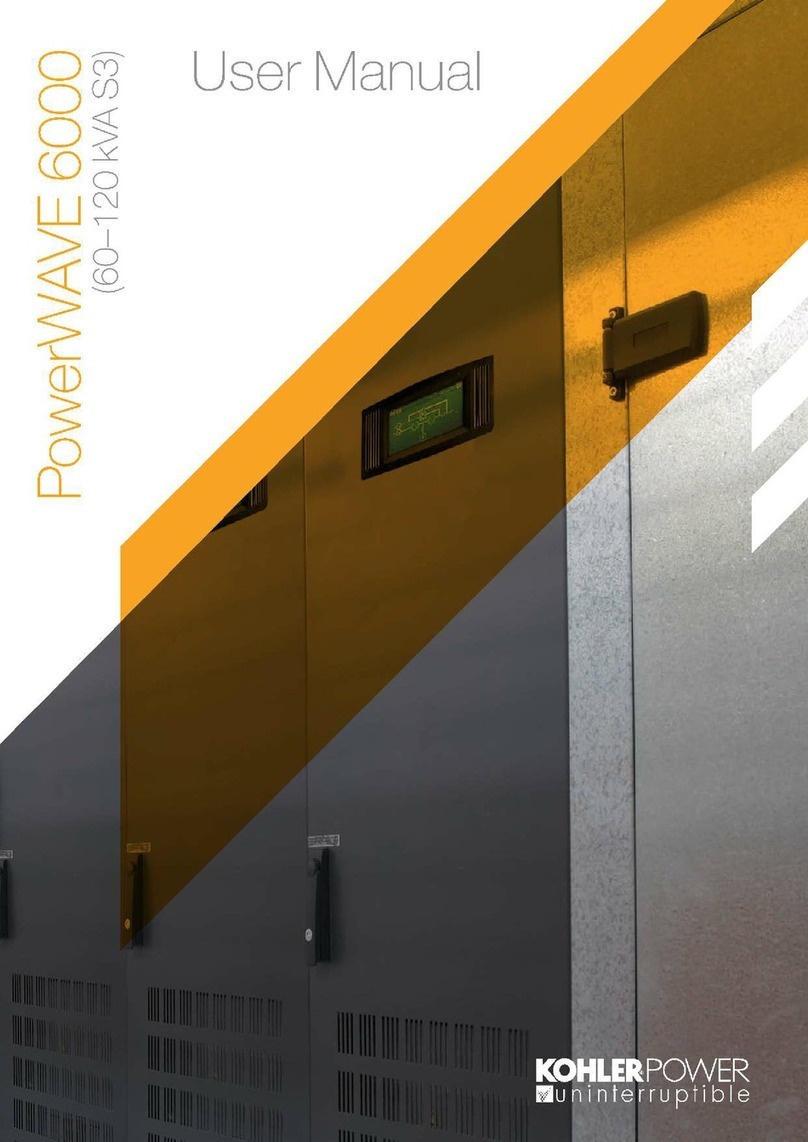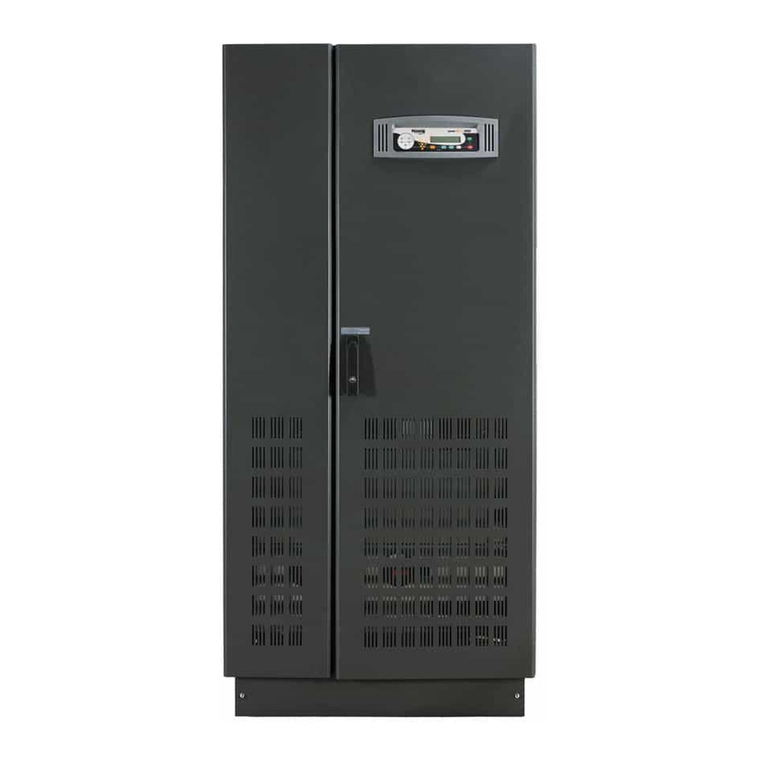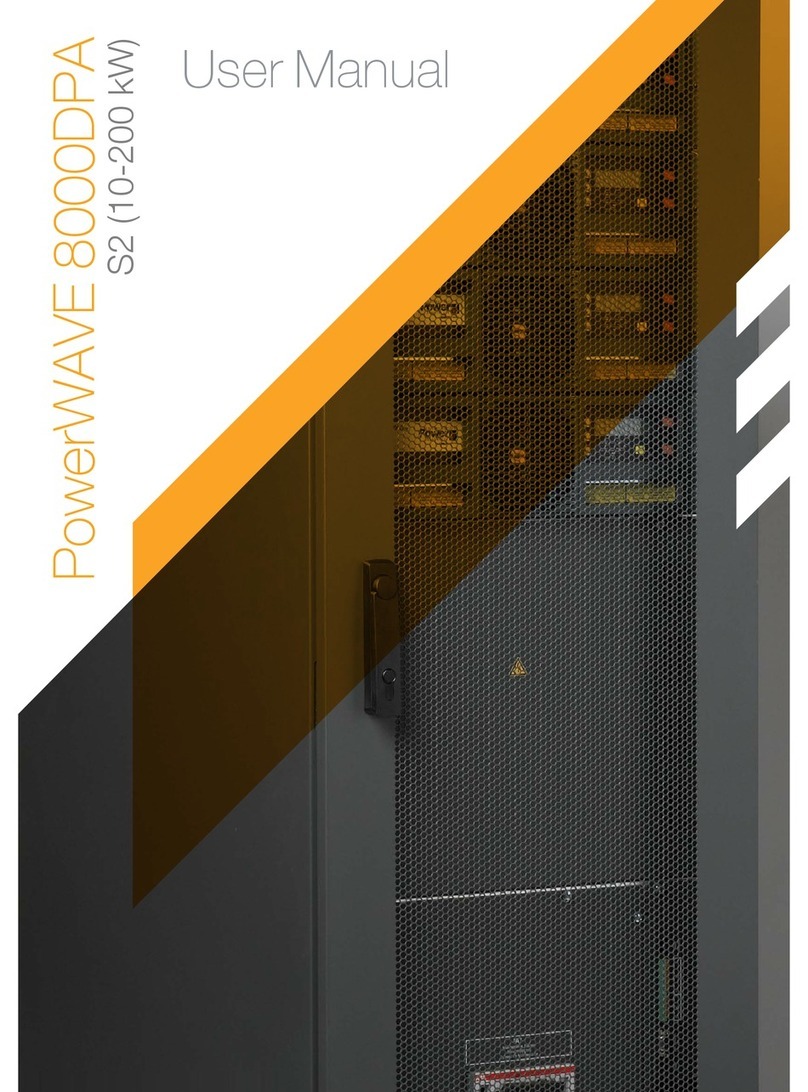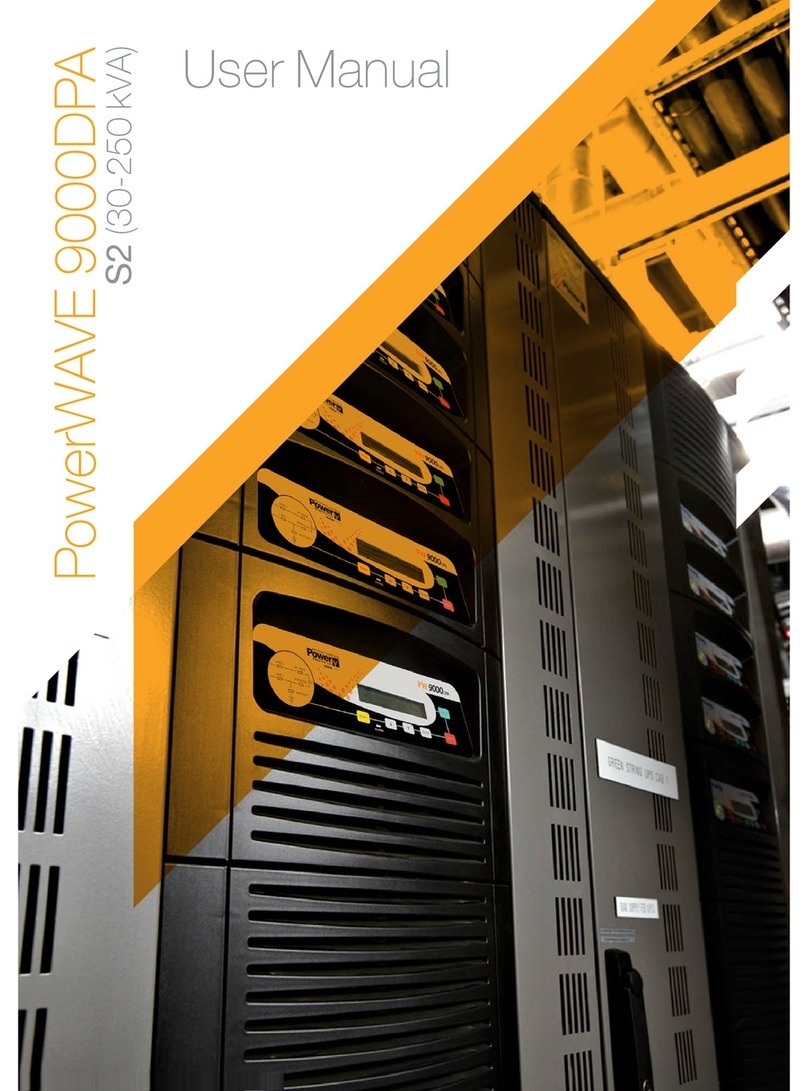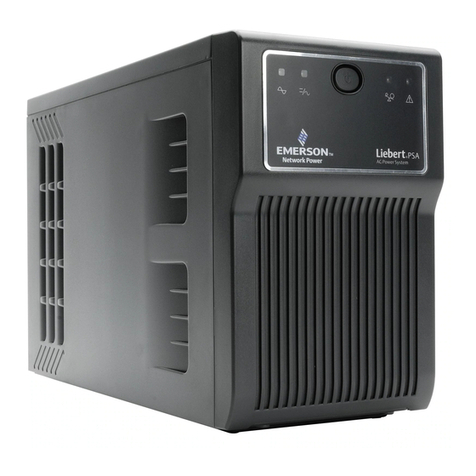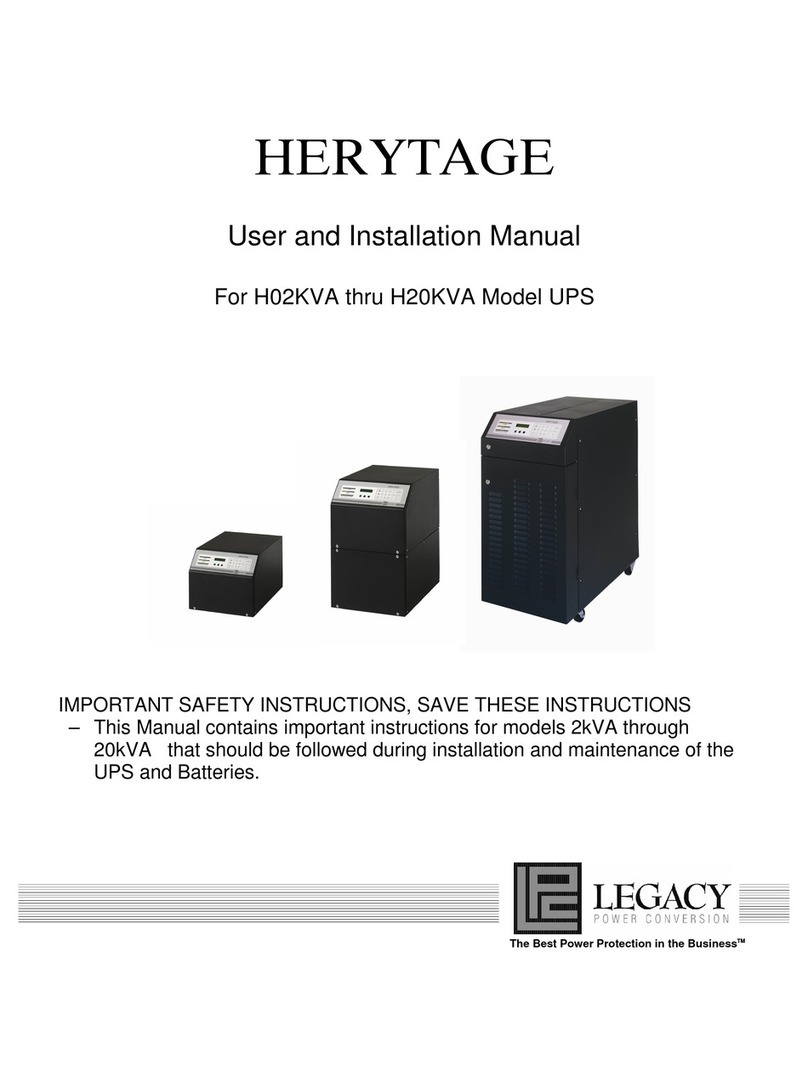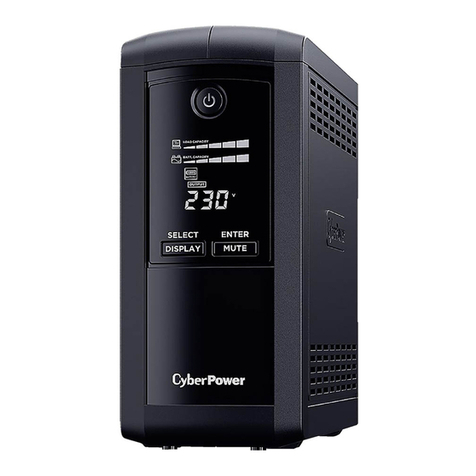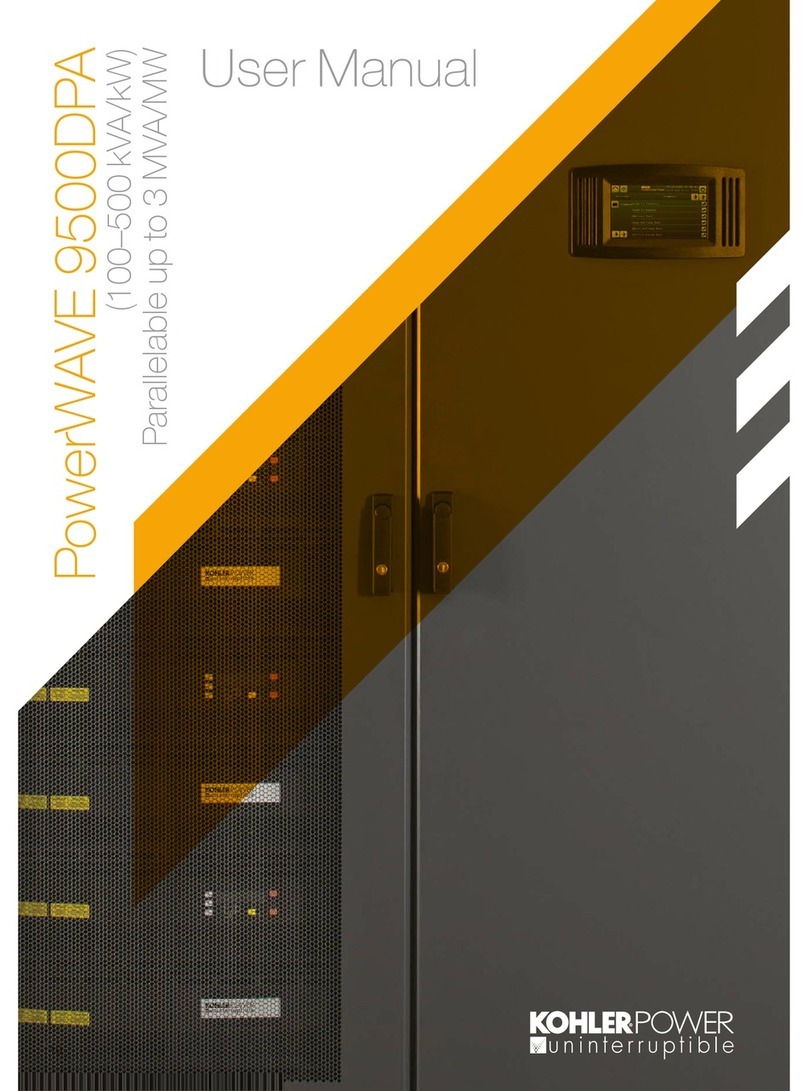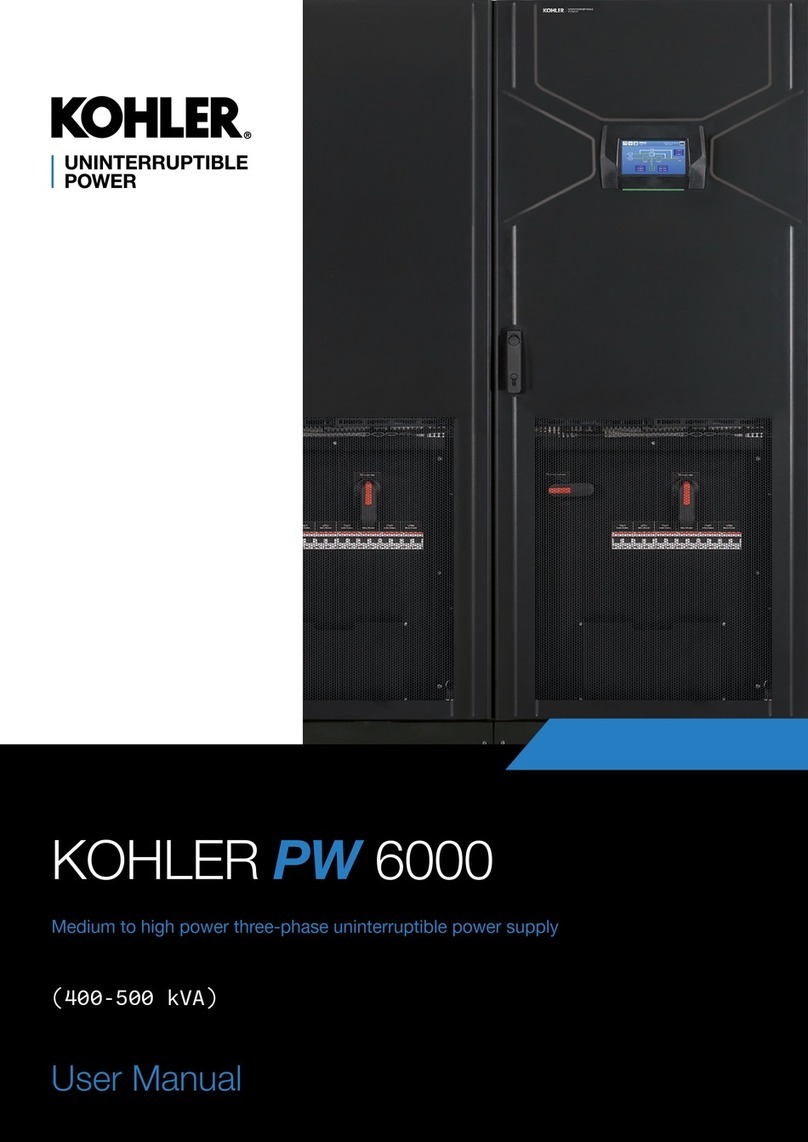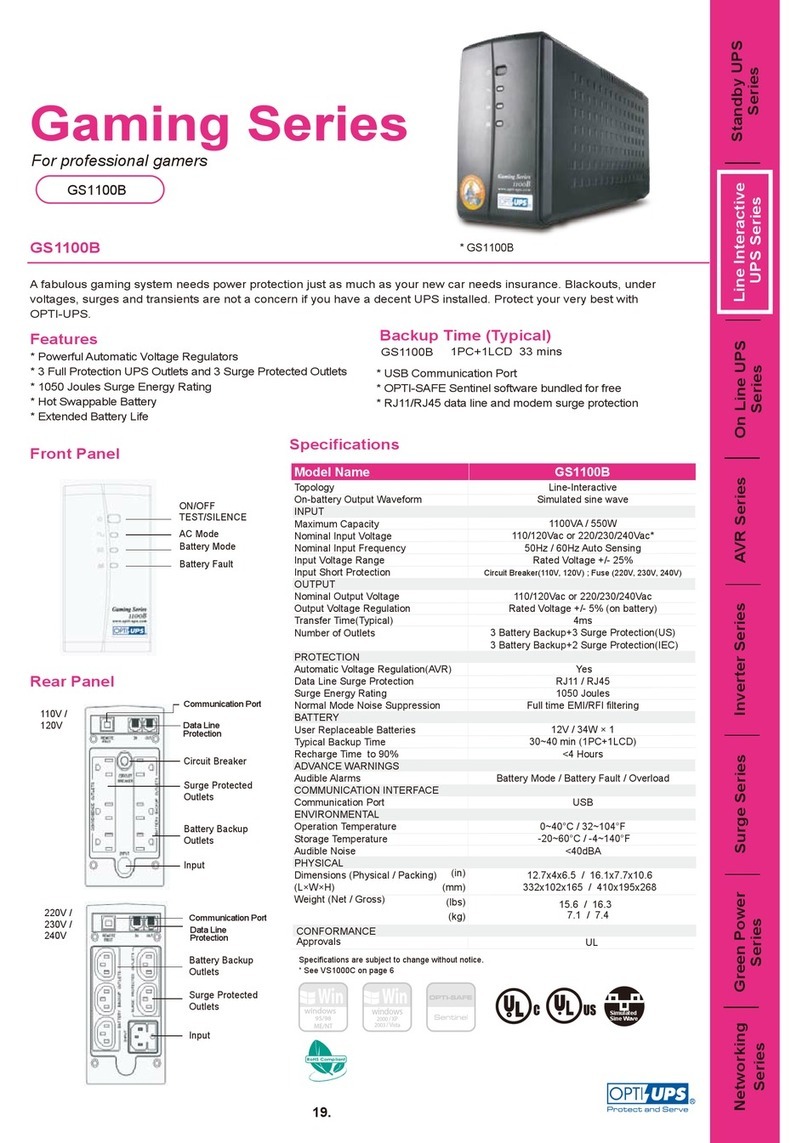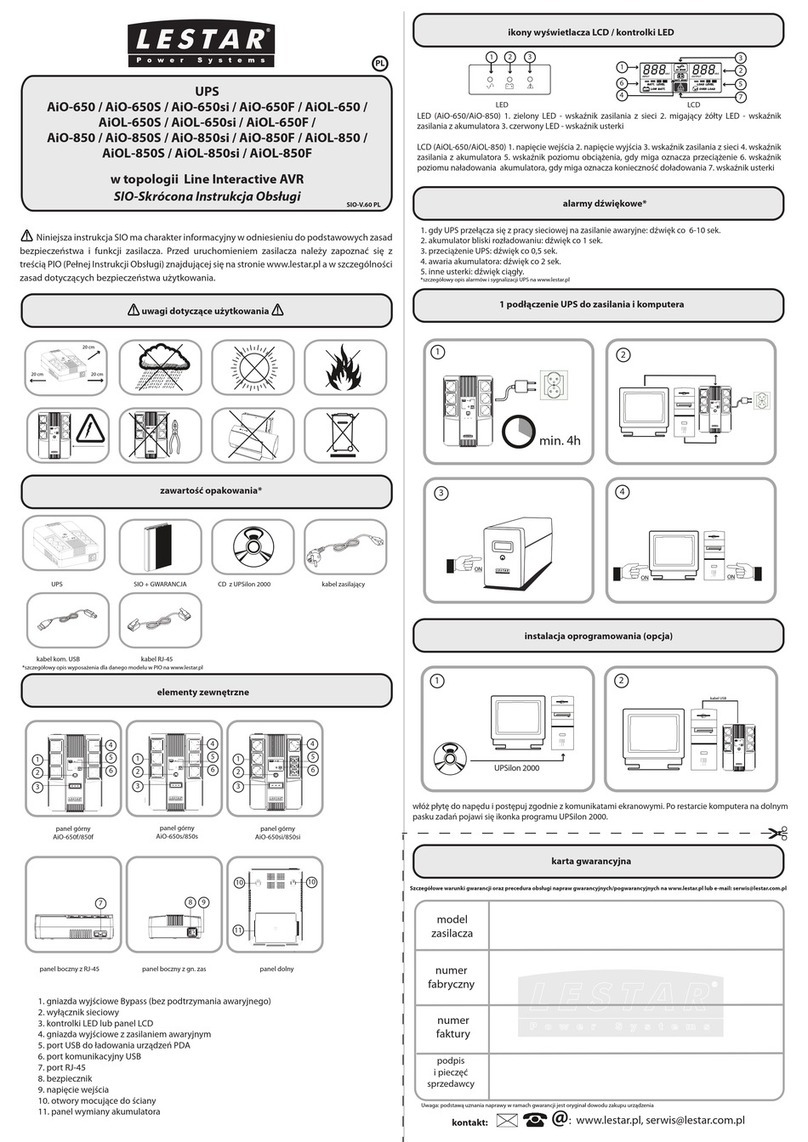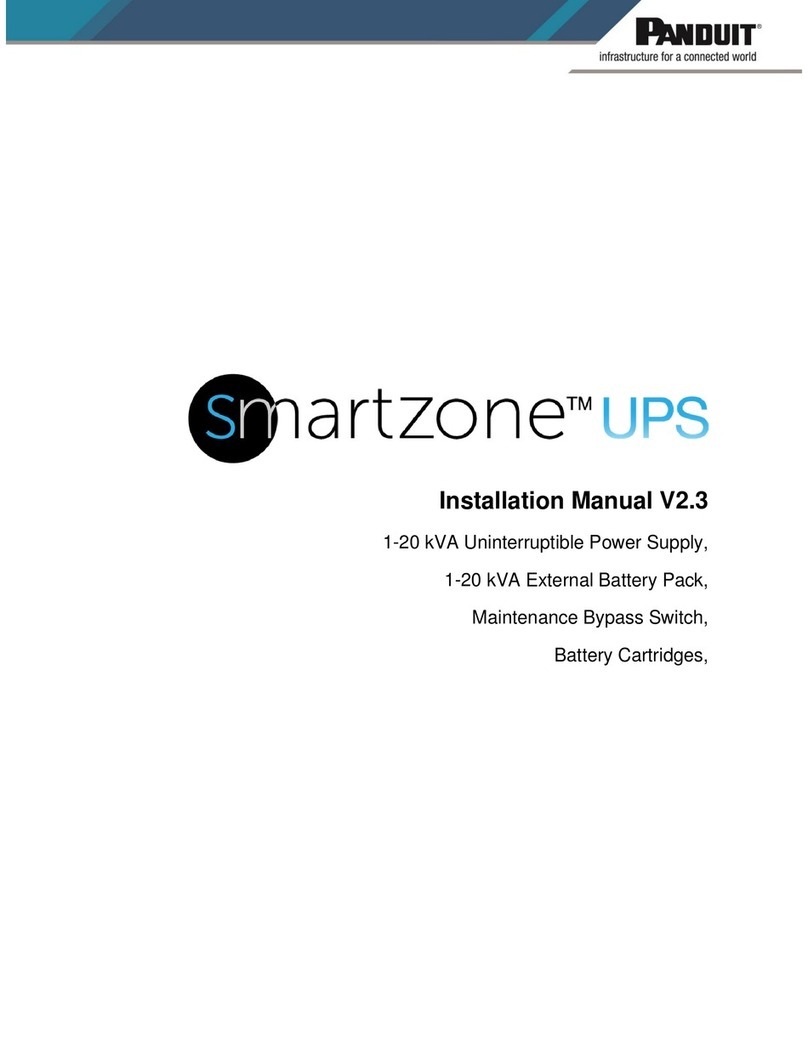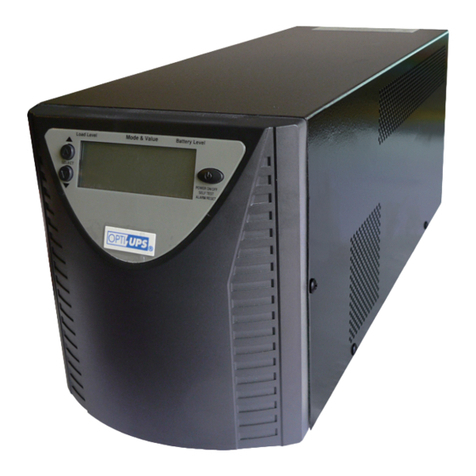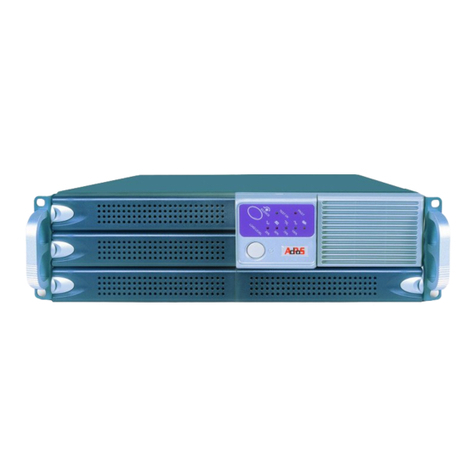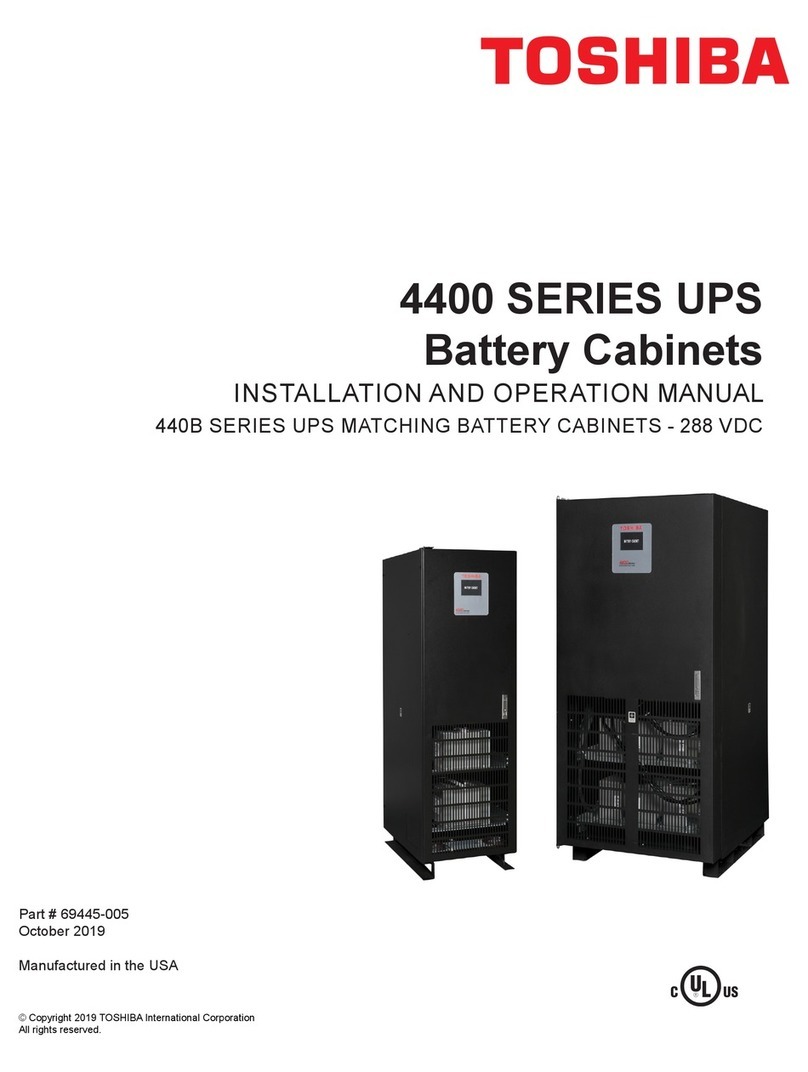2: Description
2-6 UPS306-01-00 PowerWAVE 9000 DPA User Manual Dated 01-06-2010
2.5 Warranty
The PowerWAVE 9000 DPA UPS is supplied with a limited warranty that the UPS and its component parts
are free from defects in materials and workmanship for a period of one year from the date of original
commissioning or fifteen months from the date of original delivery, whichever is the sooner. This warranty is
the only warranty given and no other warranty, express or implied, is provided.
This warranty is invalidated if the UPS is put into use without having been commissioned by a fully trained
and authorised person. This warranty does not apply to any losses or damages caused by misuse, abuse,
negligence, neglect, unauthorised repair or modification, incorrect installation, inappropriate environment,
accident, act of God or inappropriate application.
If the UPS fails to conform to the above within the warranty period then Kohler Uninterruptible Power will, at
its sole option, repair or replace the UPS. All repaired or replaced parts will remain the property of Kohler
Uninterruptible Power.
As a general policy, Kohler Uninterruptible Power does not recommend the use of any of its products in life
support applications where failure or malfunction of the product can be reasonably expected to cause failure
of the life support device or to significantly affect it’s safety or effectiveness. Kohler Uninterruptible Power
does not recommend the use of any of its products in direct patient care. Kohler Uninterruptible Power will not
knowingly sell its products for use in such applications unless it receives in writing assurances satisfactory to
Kohler Uninterruptible Power that the risks of injury or damage have been minimized, the customer assumes
all such risks and the liability of Kohler Uninterruptible Power is adequately protected under the
circumstances
THE UPS SYSTEM MAY CONTAIN BATTERIES WHICH MUST BE RE-CHARGED FOR A MINIMUM OF
24 HOURS EVERY SIX MONTHS TO PREVENT DEEP-DISCHARGING. BATTERIES THAT HAVE BEEN,
FOR WHATEVER REASON, DEEP-DISCHARGED ARE NOT COVERED BY THE WARRANTY.
2.6 Extended Warranty
The Standard Warranty may be enhanced by protecting the UPS with an Extended Warranty Agreement
(maintenance contract). An Extended Warranty Agreement enhances the standard warranty by providing the
following:-
• Regular preventative maintenance inspections.
• Guaranteed speed of response to operational problems.
• 24 hour telephone support.
• Fully comprehensive (excluding batteries) cover.
• Contact the Service Support Hotline on +65 6302 0708 for further details.
2.7 Additional Service/Maintenance Support
In addition to providing support for the PowerWAVE 9000 DPA, Kohler Uninterruptible Power can provide
maintenance and support of a wide range of different UPS products.
If you are interested in an extended warranty for your PowerWAVE 9000 DPA, or any other UPS you may
have, please complete the enquiry form shown opposite and return or FAX to:
Kohler Uninterruptible Power.
7 Jurong Pier
Singapore 619159
Tel: +65 6302 0708
Fax: +65 6302 0717
Email: serviceUPS.sg@kohler.com




















